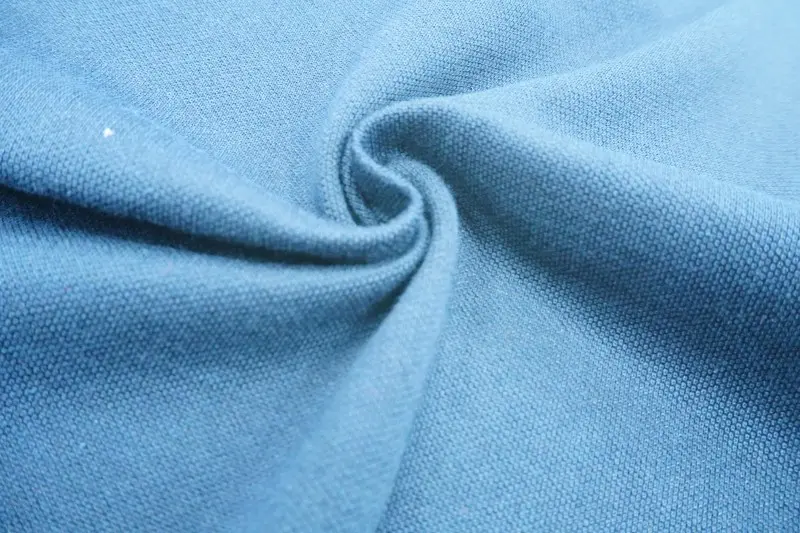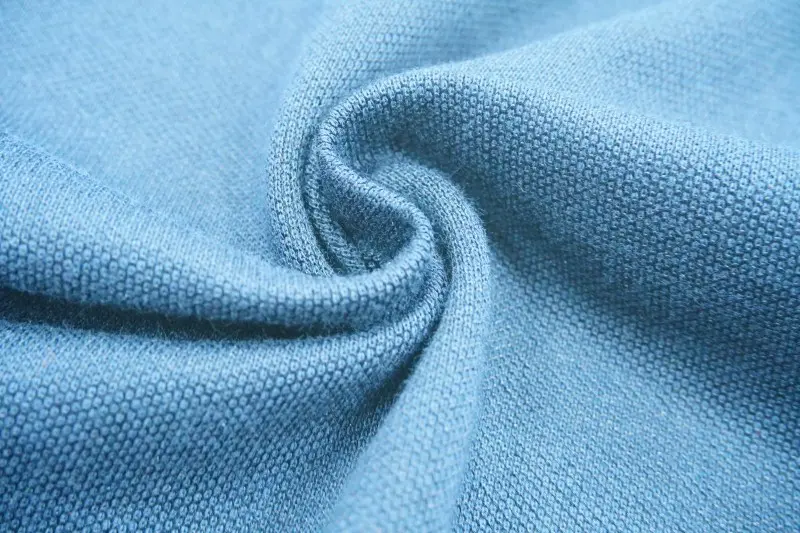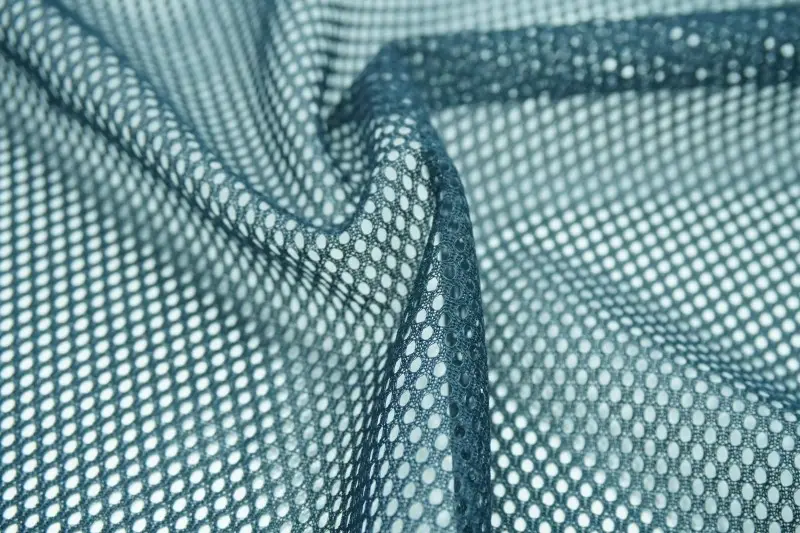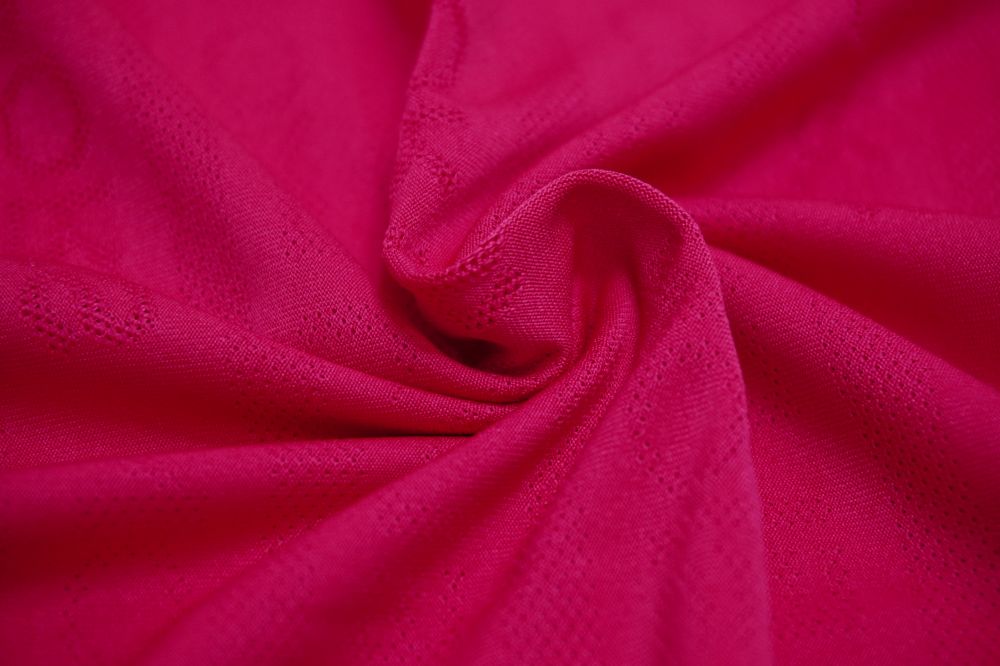What are The Fabrics for Swimsuits? What are Their Characteristics?
The choice of fabric for swimsuits is crucial for swimming enthusiasts, as it not only affects the comfort of wearing, but also relates to the durability of the swimsuit. Here are several common swimsuit fabrics and their characteristics:
DuPont Lycra
DuPont Lycra is an artificial elastic fiber known for its excellent elasticity, which can extend up to 4-6 times its original length. This fabric not only has excellent stretchability, but is also suitable for blending with various fibers, which can enhance the effect of texture sagging and wrinkle prevention. DuPont Lycra swimsuits containing chlorine resistant ingredients have a longer lifespan because they can resist the erosion of chlorine.
Although nylon fabric is not as solid as Lycra Fabric, its elasticity and softness are comparable. It is suitable for mid priced swimsuits, with a snug and comfortable fit, no deformation after multiple wear, fast hydration, easy cleaning and drying. Professional swimsuits are usually treated with special techniques such as reducing resistance and water repellent treatment to enhance their technical content.
Polyester fabric is a unidirectional, two-way stretch elastic fabric with limited elasticity, often used for swimsuits or women's swim split two-piece styles, and not suitable for one-piece styles. Its advantages are good wrinkle resistance and shape retention, suitable for wearing in sunlight.
Washing and maintenance of swimsuits
When washing swimsuits, cold water (not exceeding 30 degrees Celsius) should be used for hand washing, and soap, laundry detergent, and other cleaning agents should be avoided as these ingredients may damage the color and texture of the swimsuit.
Avoid rubbing the swimsuit on rough rocks, as this may damage its lifespan.
When the swimsuit is in a damp state, do not let it sit for a long time. It should be quickly washed by hand with clean water, and dried before drying in a shady place.
Do not use a washing machine to stir, dehydrate, or expose to sunlight, and do not use a dryer to avoid damaging the material.
Avoid soaking swimsuits in hot springs or saunas for long periods of time, as high temperatures and sulfur components can easily damage the elastic tissue of swimsuits.
Choosing the appropriate swimsuit fabric not only enhances the swimming experience, but also extends the lifespan of the swimsuit. I hope this information can help you find the most suitable swimsuit fabric for yourself.









